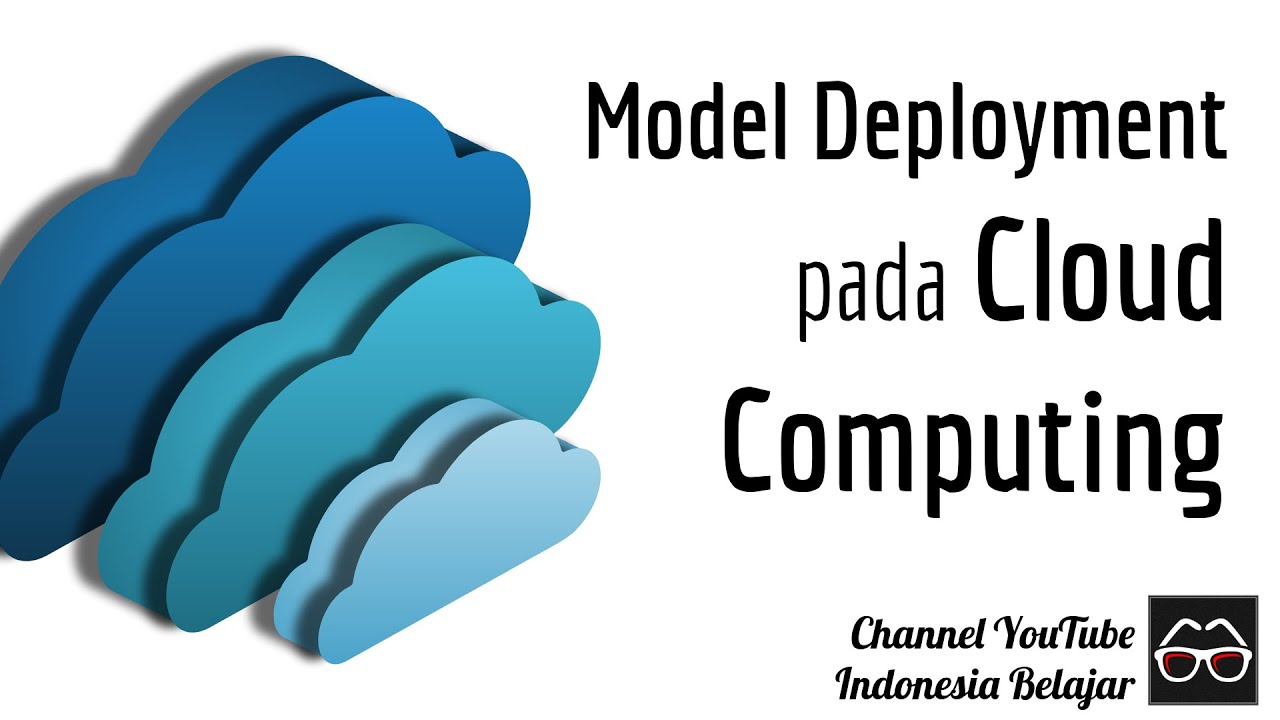Weather 101: A Tutorial on Cloud Types
Summary
TLDRThis video tutorial explores the four main types of clouds—cirroform, cumuloform, stratoform, and nimboform—along with hybrid cloud types. It covers their unique characteristics, formation heights, and their association with weather patterns. From the wispy cirrus clouds that precede weather changes to the towering cumulonimbus clouds that bring thunderstorms, viewers are introduced to the role clouds play in forecasting. The video also encourages viewers to observe and identify clouds in their own skies for a better understanding of local weather patterns.
Takeaways
- 😀 Clouds are an ever-changing aspect of weather and can act as indicators of upcoming weather conditions.
- 😀 Clouds are categorized based on their structural characteristics and height in the atmosphere.
- 😀 There are four main types of clouds: cirro-form, cumulo-form, strato-form, and nimbo-form.
- 😀 Cirrus clouds are high-level clouds, formed between 16,000 and 50,000 feet, and are made of ice crystals.
- 😀 Cumulus clouds are low-level clouds, often appearing as fluffy white cotton balls, and are formed a few hundred to a few thousand feet above the surface.
- 😀 Stratus clouds are layer clouds that can be low, mid, or high-level, often appearing as hazy white or gray masses.
- 😀 Nimbo-form clouds, like nimbostratus and cumulonimbus, are hybrid clouds associated with precipitation.
- 😀 Nimbostratus clouds are rain-producing clouds that typically remain in the lower parts of the troposphere.
- 😀 Cumulonimbus clouds are known as thunderstorm clouds and extend from the lower to the upper parts of the troposphere.
- 😀 Cirrocumulus and altocumulus clouds are high-level clouds, with altocumulus forming in the middle and cirrocumulus in the highest parts of the troposphere.
Q & A
What are the four main cloud types discussed in the tutorial?
-The four main cloud types discussed are cirro-form, cumulo-form, strato-form, and nimbo-form.
What is the height range at which cirrus clouds typically form?
-Cirrus clouds typically form between 16,000 and 50,000 feet above the surface.
What does the Latin word 'cirro' mean, and how is it related to cirrus clouds?
-'Cirro' means 'curl of hair' in Latin, which refers to the thin, wispy structure of cirrus clouds, often resembling curls of hair.
What atmospheric layer are cirrus clouds formed in?
-Cirrus clouds are formed in the upper parts of the troposphere, the layer of the atmosphere where all weather occurs.
How can cirrus clouds be used as weather indicators?
-Cirrus clouds can be indirect indicators of weather patterns, such as preceding surface fronts by more than a day or two or indicating a strong jet stream.
What are cumulus clouds commonly associated with in terms of appearance and location?
-Cumulus clouds are often recognized as fluffy, white cotton balls or cauliflower-like clouds, typically forming at low levels, a few hundred to a few thousand feet above the surface.
How does the climate in the desert Southwest affect the formation of cumulus clouds?
-In the desert Southwest and New Mexico, cumulus cloud bases form at higher levels due to the warm and arid conditions.
What is the characteristic appearance of strato-form clouds?
-Strato-form clouds appear as a hazy white or gray sheet or layer of cloud with little definition or features.
What is the meaning of 'nimbo' in Latin, and how does it relate to nimbo-form clouds?
-'Nimbo' means 'rain' in Latin, and nimbo-form clouds are associated with rain or precipitation, such as nimbostratus and cumulonimbus clouds.
What are cumulonimbus clouds, and what role do they play in weather?
-Cumulonimbus clouds are a hybrid cloud type that extends from the lower to the upper parts of the troposphere, and are commonly known as thunderstorm clouds.
What makes altocumulus clouds different from cirrocumulus clouds?
-Altocumulus clouds form in the middle levels of the troposphere, while cirrocumulus clouds form in the highest part of the troposphere.
What are lenticular clouds, and where are they commonly found?
-Lenticular clouds, also known as standing lenticular clouds, are typically found on the leeward side of mountains, where stable air layers exist above the topography.
What are stratocumulus clouds, and how are they formed?
-Stratocumulus clouds are a combination of stratus and cumulus clouds, often appearing as a layered, puffy formation.
How can one identify different cloud types in the sky?
-By observing their shape, height, and structure, you can identify cloud types such as cirrus, cumulus, stratus, and nimbo-form clouds, and their combinations or hybrids.
Outlines

This section is available to paid users only. Please upgrade to access this part.
Upgrade NowMindmap

This section is available to paid users only. Please upgrade to access this part.
Upgrade NowKeywords

This section is available to paid users only. Please upgrade to access this part.
Upgrade NowHighlights

This section is available to paid users only. Please upgrade to access this part.
Upgrade NowTranscripts

This section is available to paid users only. Please upgrade to access this part.
Upgrade NowBrowse More Related Video
5.0 / 5 (0 votes)





